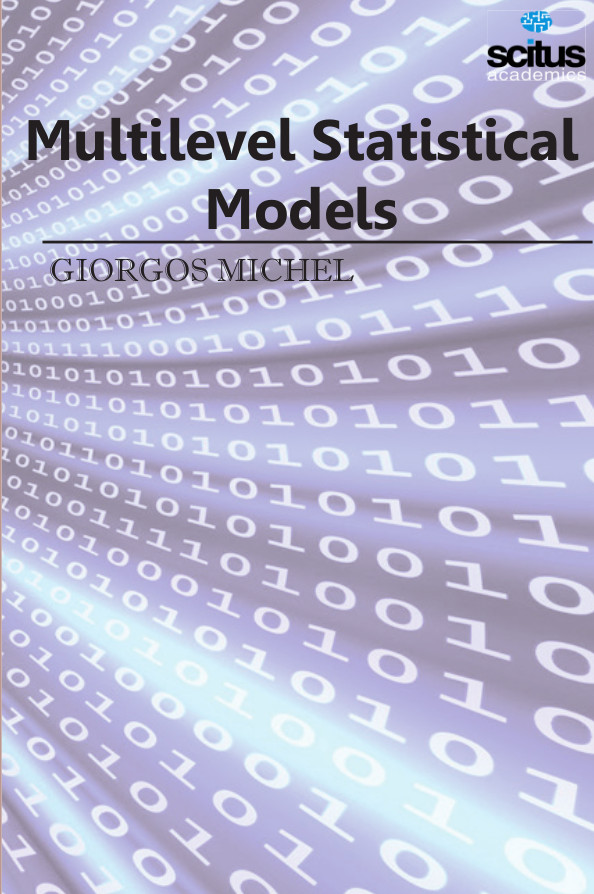Multilevel Statistical Models
by Giorgos Michel
2020-12-30 10:03:48
Multilevel Statistical Models
by Giorgos Michel
2020-12-30 10:03:48
In social, medical and other sciences, the importance of understanding complex hierarchical data structures is well understood. Multilevel modeling is now the accepted statistical technique for handling such information and is widely available in com...
Read more
In social, medical and other sciences, the importance of understanding complex hierarchical data structures is well understood. Multilevel modeling is now the accepted statistical technique for handling such information and is widely available in computer software packages. Therefore, a thorough understanding of these techniques is important for everyone working in these areas. Multilevel models (including linear hierarchical models, embedded models, mixed models, random effect models, random parameter models or split-plot designs) are statistical model parameters of more than one level. A student performance model that includes measurements for individual students and measures for classrooms in which students are grouped could be an example of this. These models can be seen as generalizations of linear models (particularly linear regression), but can also be extended to non-linear models. These models became much more popular after adequate computer power and software had been available. Multilevel models are especially suited for research designs in which data are organized at more than one level (i.e. Participants’ nested data. The dependent variable must be examined at the lowest level of analysis. The book combines the basic ideas of these techniques and shows how more complex models are derived. This book is an extensive assisting tool for graduate students. This book will benefit applied social science, economics, and biology and medicine statisticians.
Less































